I’m considering using this foundation method for a new house in Denver. The engineering seems to be sound, but I was wondering if anyone has any feedback. It’s going to be a lot cheaper and quicker than concrete piers or helical piers. ($150 each and 25 minutes each) The website is http://www.pinfoundations.com/html/ink_dp.html I plan on using a 12″ SIP floor on top of the piers to help smooth out any problems.
Discussion Forum
Discussion Forum
Up Next
Video Shorts
Highlights
"I have learned so much thanks to the searchable articles on the FHB website. I can confidently say that I expect to be a life-long subscriber." - M.K.
Fine Homebuilding Magazine
- Home Group
- Antique Trader
- Arts & Crafts Homes
- Bank Note Reporter
- Cabin Life
- Cuisine at Home
- Fine Gardening
- Fine Woodworking
- Green Building Advisor
- Garden Gate
- Horticulture
- Keep Craft Alive
- Log Home Living
- Military Trader/Vehicles
- Numismatic News
- Numismaster
- Old Cars Weekly
- Old House Journal
- Period Homes
- Popular Woodworking
- Script
- ShopNotes
- Sports Collectors Digest
- Threads
- Timber Home Living
- Traditional Building
- Woodsmith
- World Coin News
- Writer's Digest
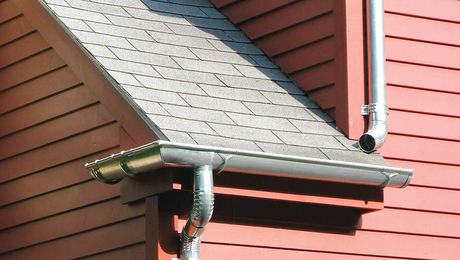

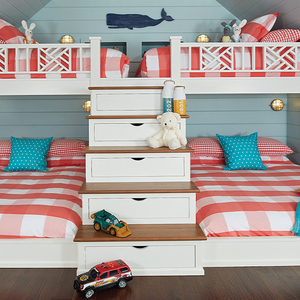
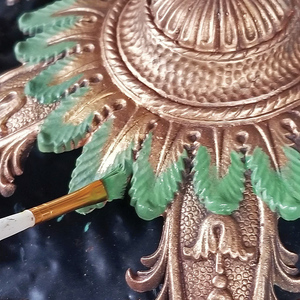
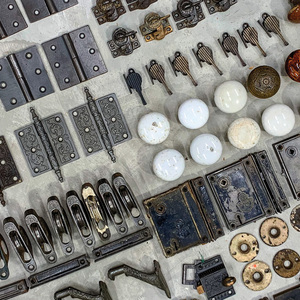
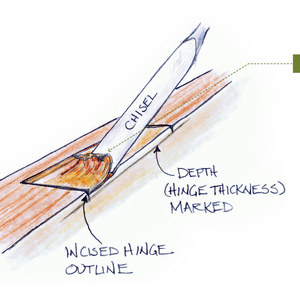







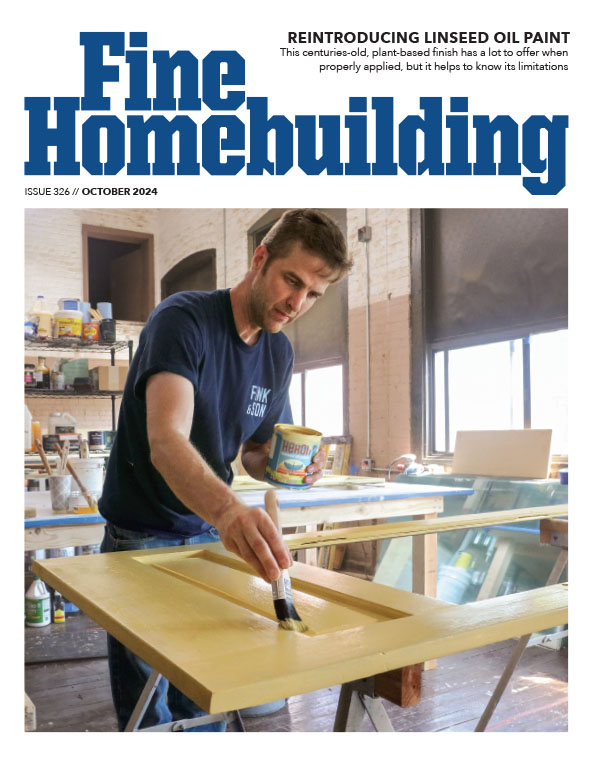





Replies
I don't have any experience with these particular pin piles, but at first glance it appears that this system uses galvanized steel pins or rods to anchor the foundation in soil. We use alot of galvanized steel above grade, and in this kind of application, I would question the longevity of this system. Galvanized steel in a dry, exterior situation should be expected to provide about 20 years of serviceable use. Where it is continually moist, like in soil, it might be half or less.
If you use this system, I would specify hot-dipped galvanized and epoxy-coating of all the steel components that are put in the ground.
Look at their client list. Every one is for a boardwalk in a park where management wants minimal environmental impact, or for temporary light structures.
I have never heard of a house being built on them - and to me it makes no sense.How could you possibly predict how far each will settle over time and varying loading? They are not even below frost.
Besides, full basements are the cheapest part of a house.
Clampman
The pins specified for my house are 3.6' which would get below frostline. They have started doing more and more houses.
The engineering is sound, and shows that each pier will support 8600lbs. with a factor of safety of 3. Therefore, there wouldn't be any deflection even over time if the piers are properly loaded.
Personally, I'm a big fan of basements, and they add very cheap floorspace compared to the cost of the crawlspace. But they aren't cheap compared to these piers, and they have lots of the own challenges, like insulation, dampproofing, spiders, backfill, cracks in the floor, etc., etc.
I think this method is just another one of those innovations that will take years to catch on because this industry is so cautious. When you combine these piers with a SIP floor, I feel there is only one challenge left, and that is freezeproofing the incoming water line.
Of course, there may be some other achilles' heels (like corrosion) that I haven't thought about, so that's why I'm asking for input. (Thanks a lot, by the way)
may be some other achilles' heels (like corrosion)
The galvanization is most at risk in the air, not the ground. The moisture content of the soil varies far less than the air above--this is why a grounding rod works, the moisture in the soil conducts "to earth"). It's the above ground sections that need protection (pull some galvanized nails out of an old fence, only the exposed head usually is corroded).
The real problem for house construction was noted earlier--how to get the utilities from below grade to the inside of the house without creating a freeze risk.
Another factor is the ground one has to drive the pins into. Around ny town, the first bearing strata is over 300' down. But up around Dallas, it is not uncommon to hit a 6-10' layer of Austin Chalk only about 2-3' deep (the average is more, say around 12-15', but it all sits on some hard blue shale--the bane of pool installers in that area).
Along the same lines, south of town, here, there are some layers of silty clay about 24-30", with soft loam below. Breaking a pin through the clay would not drive ithe pin into any sort of firmer stuff.
Probably, like all of the other foundation systems, the answer is "it depends upon local conditions." If one was out east, and hit ledge, do you drill the pins in & set them in epoxy? I'm guessing some one will try, and we will see. It may be like the plywood foundation wall systems used in some parts--has its proponents & its opponents. I know the system has me thinking.
First off, this is not new technology. This outfits calls them "pin piles" maybe to trademark a name. But I have co-workers who have been putting in needle piles for more than 20 years. When used appropriately, they allow you to get the bearing strength you need without driving traditional piles to great depth. Therefore, you can construct a foundation (or pier or boardwalk or skyscraper) without such large equipment).
CapnMac: Your talk of "the first bearing strata is over 300' down" makes me want to give an explanation.
With traditional piles, you drive them until they rest on something REALLY solid, like bedrock. With needle piles, it is not the surface of the bottom of the pile that transmits the load. It is the surface area of the sides. Even pretty short tiny tubes have a lot of surface area and therein lays the ability to support the building.
Obviously there are a lot of conditions, guidelines, good practices, etc to be observed. But in general, this is well-proven technique for supporting a building although it has not spend much to residential yet.
David Thomas Overlooking Cook Inlet in Kenai, Alaska
It is the surface area of the sides.
Yep, that's it precisely. We have alluvial soils, meaning layers of river bottom silt, mixed with sand and clay in varying strata. So, all drilled piers are belled, to keep the length down.
If I'm building rurally, and I can skip the step of ordering redimix from across the county--that could be a good thing. If I have hammer 12' rods into each of the bases, then there will be a serious material & labor trade off.
Four of the pin column bases would make for a better pump house shed than the typical practice--4 cmu for the corners. So, I'll continue to look into it.